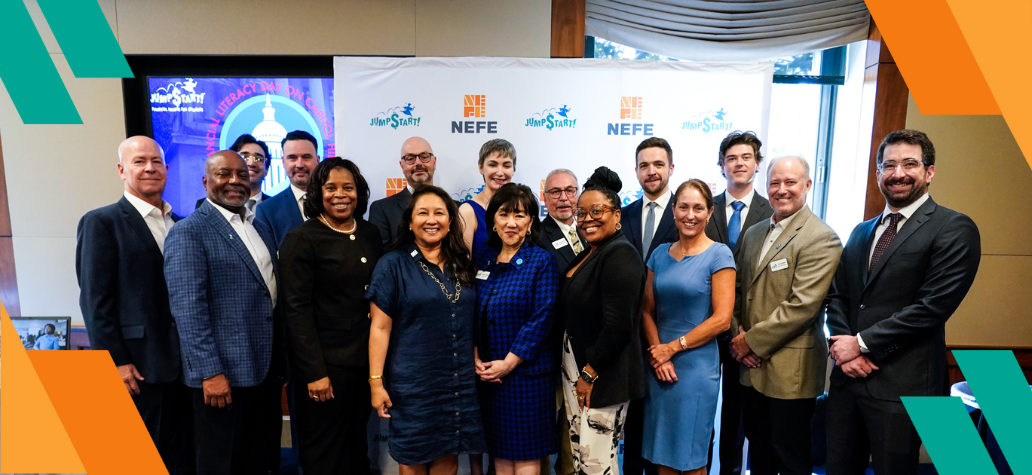DENVER — At a higher education financial capability forum today, the National Endowment for Financial Education® (NEFE®) released research findings reinforcing the benefits of financial education—as provided through state mandates—and how it leads to a shift in the ways in which families borrow for college. The NEFE-funded study, performed by investigators at Montana State University, finds that students in states where financial education is required to graduate from high school make better financial aid decisions as college freshman, moving from higher-cost to lower-cost borrowing options. Mandated financial education increases applications for grants and federal aid, keeps overall borrowing balances down, and decreases credit card balances.
“It’s not a question if students should borrow to go to college, but rather the method in which they borrow and how much,” says Billy Hensley, Ph.D., president and CEO of NEFE. “The right amount of loans facilitate access to higher education and can ensure students graduate college and move into higher-paying careers. But too much debt, and debt that comes as a high cost of borrowing, can significantly impact the success in paying back loans.”
The study, conducted by Carly Urban, Ph.D., and Christiana Stoddard, Ph.D., at Montana State University, concludes requiring financial education in high school at the state level leads to better borrowing behaviors. Students with lower expected family contributions (EFC) tend to carry smaller credit card balances and are less likely to work during their freshman year when they have been exposed to a mandate. Higher-EFC students take on smaller amounts of private loan debt. Additionally, with access to financial education, there is a notable increase in applications for financial aid and in acceptance of federally subsidized Stafford Loans.
“The reality is that few young adults are benefiting from access to financial education and some are further hindered by limited support from their parents. It’s important to broaden support networks in the home and at school to help students make better borrowing decisions,” says Urban.
Managing rising education costs remains a challenge for families. A recent survey conducted by The Harris Poll on behalf of NEFE finds that three quarters (76 percent) of American parents with children under the age of 18 say they are regularly saving for college or post high school education. Yet, nearly two thirds (63 percent) of parents who expect their children to pursue college/post high school education say they plan to rely on grants/scholarships to pay for education costs, and about one third (34 percent) say they will rely on loans. The survey was conducted online in October 2018...



